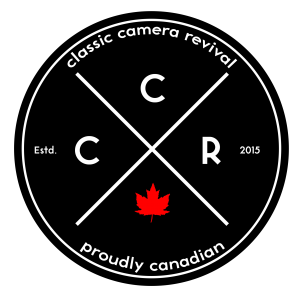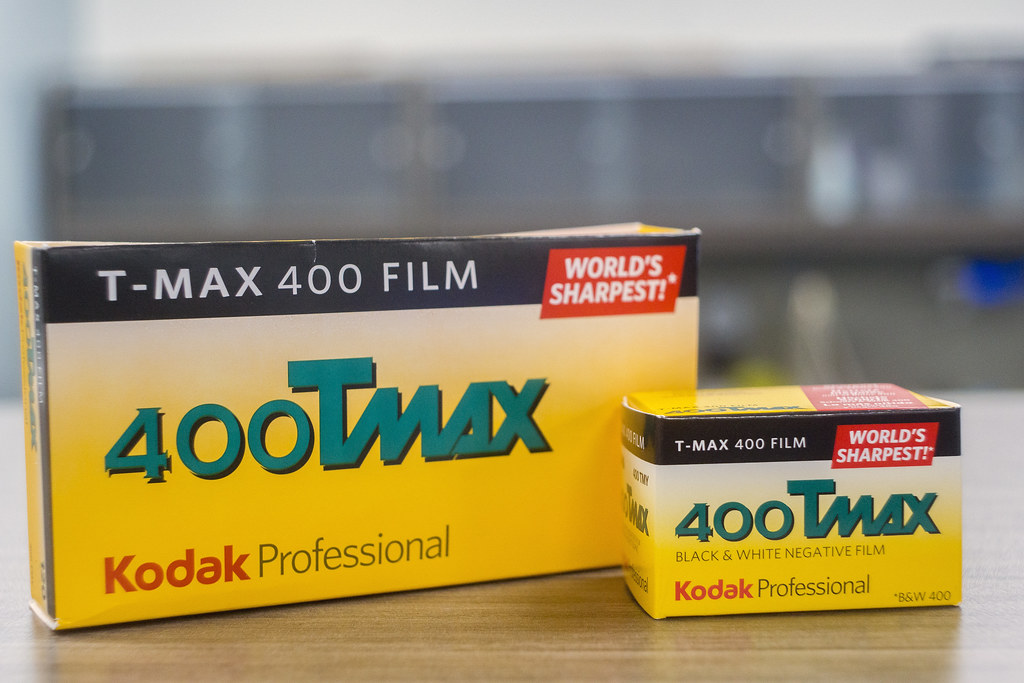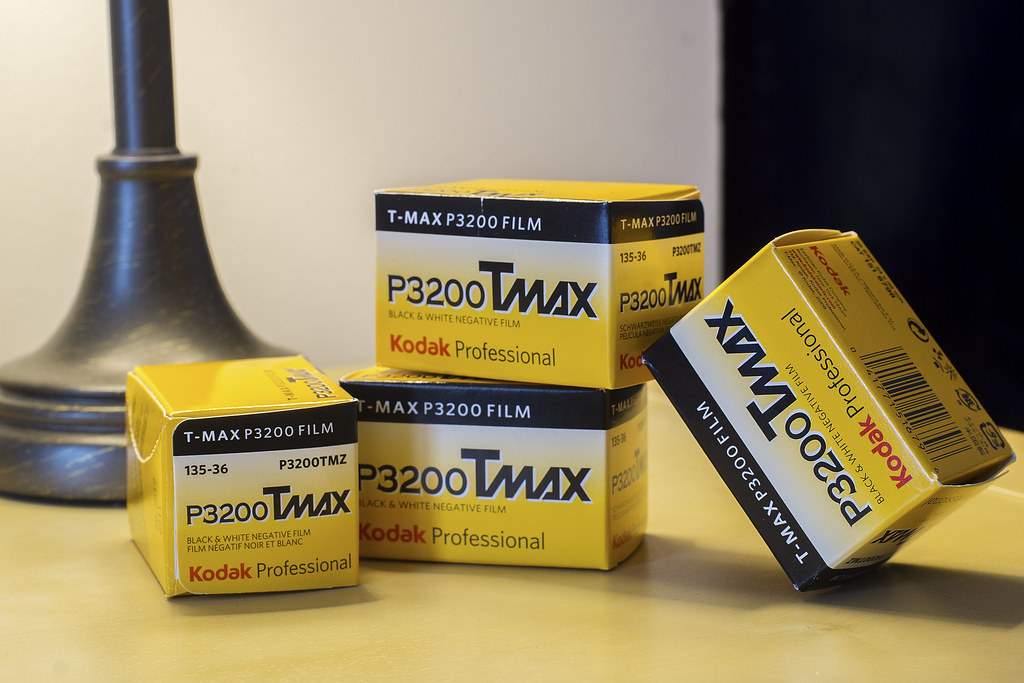Fast films, it’s something we in Canada need to work with a lot because of our long dark cold winters. But what is a fast film? Well, that depends on your historical context. The first version of Ilford HP released in 1935 was only rated at ISO-160, by the second iteration in 1939 it was boosted to ASA-200. It wasn’t until 1960 with the release of HP3 that it reached the speed of ASA-400. And today the list of fast films is lengthy and we could spend hours talking on every film we’ve shot, so we’re going to drop it down to only eight stocks.
Japan Camera Hunter Streetpan 400
Released at the start of the boutique boom, Streetpan 400 is a revival of an older Agfa surveillance stock commissioned by Bellamy Hunt the person behind the Japan Camera Hunter website. It’s the 400-speed film for bright sunny days with an extended red-sensitivity it responds well to any developer but works best in HC-110, D-76, and Rodinal. While grainier than most modern 400-speed emulsions, it maintains sharpness and a forgiving latitude between light and shadows. Just don’t shoot it indoors.
Type: B&W Panchromatic, extended sensitivity into 750nm.
Film Base: Polyester
Film Speed: ASA-400, Latitude:
Formats Available: 135 (35mm), 120

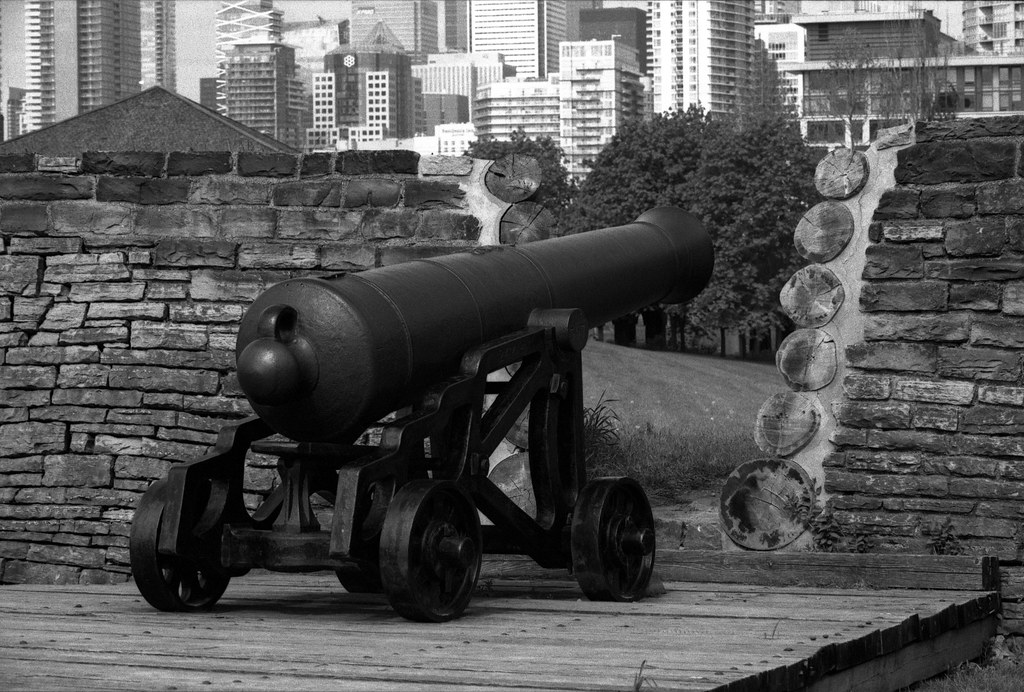
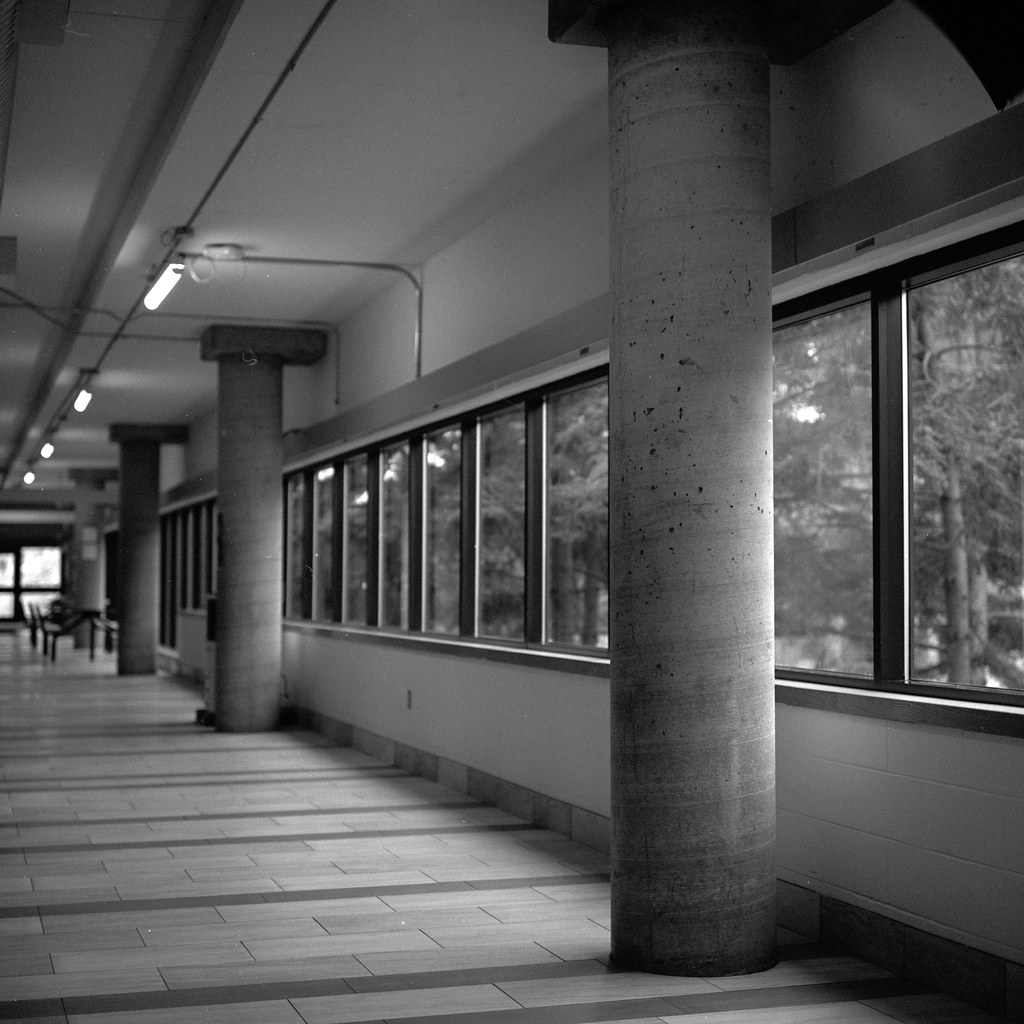

Kodak TMax 400
Kodak TMax 400, need we say more. Okay so there’s nothing wrong with this film, there really isn’t it just isn’t too exciting. You know what we mean, it’s a clean sharp fine-grained 400-speed film that you can push fairly easily to get an extra bit of speed. If you’re looking for a basic film that will deliver in any conditions and look clean doing it, it’s pretty darn close to being what you could get out of a digital camera. And no, that’s not an insult.
Type: Panchromatic B&W
Film Base: Acetate
Film Speed: ASA-400, Latitude: 50-3200
Formats Available: 135, 120, Sheets
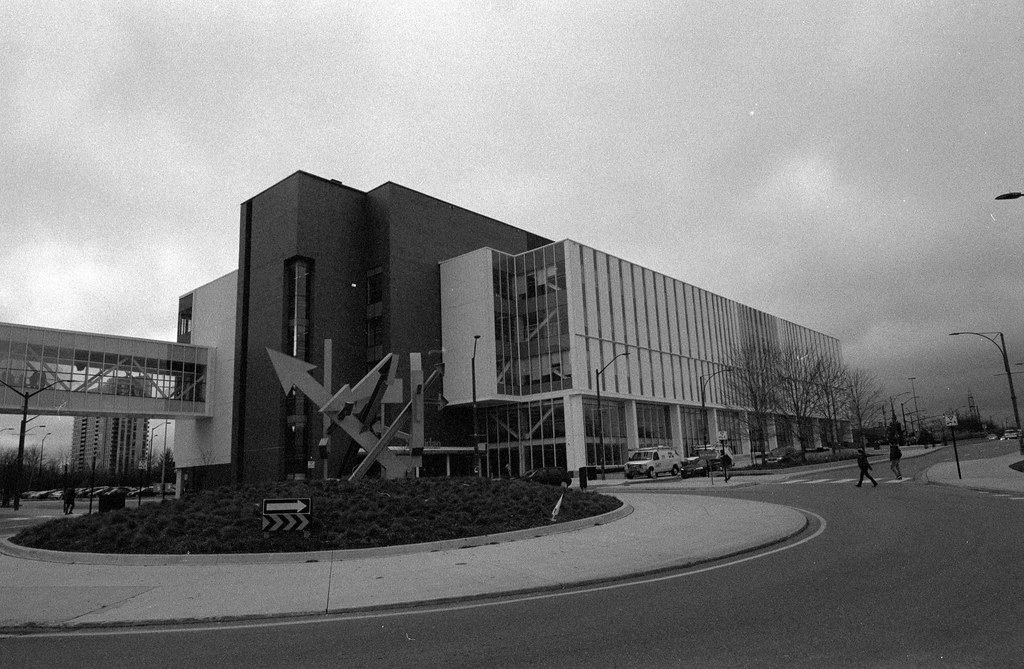

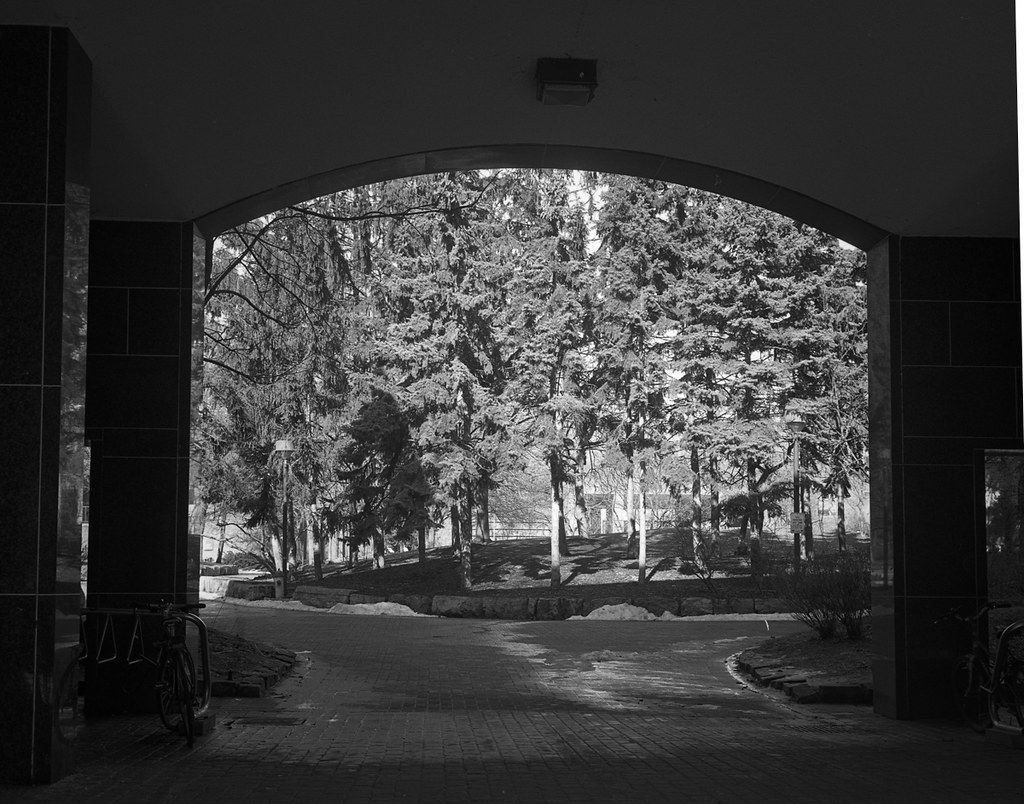
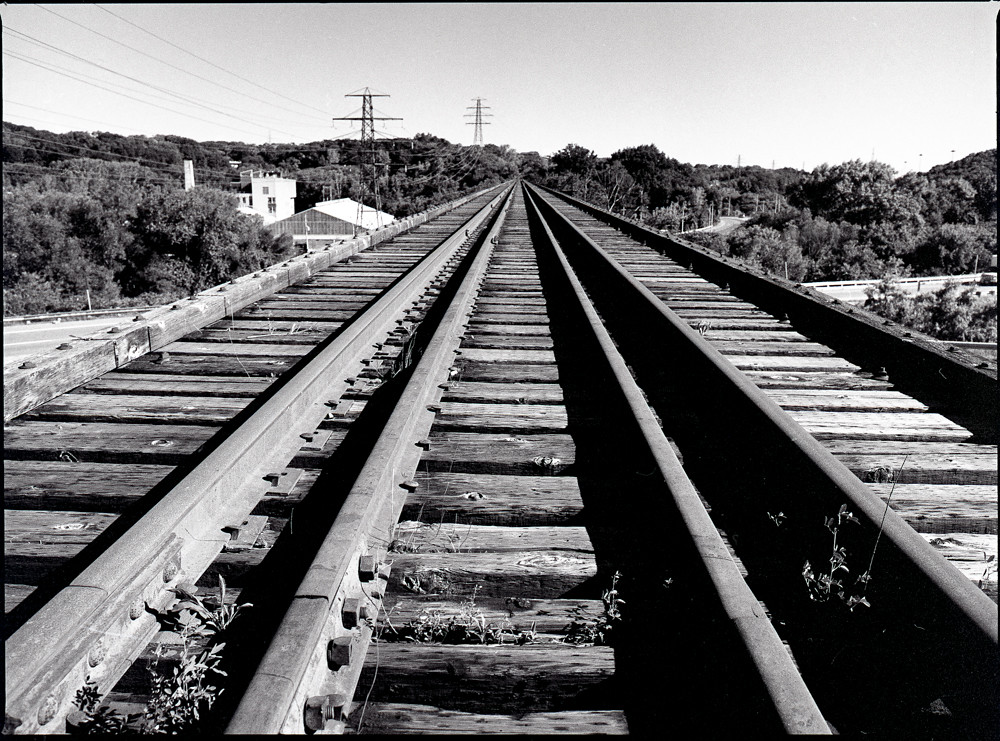
Bergger Pancro 400
Berrger Pancro 400 is a beautiful film out of France from a company that is better known for its photographic papers. But to Bill, this is a beautiful film no matter which way or how you shoot it. A classic look that you could compare to early Ilford and Kodak films, and develops wonderfully in developers like HC-110 and D-76. Even Rodinal, when pushed to ASA-800, is an awesome choice.
Type: Panchromatic B&W
Film Base: Acetate
Film Speed: ASA-400, Latitude: 200-1600
Formats Available: 35mm, 120, Sheets

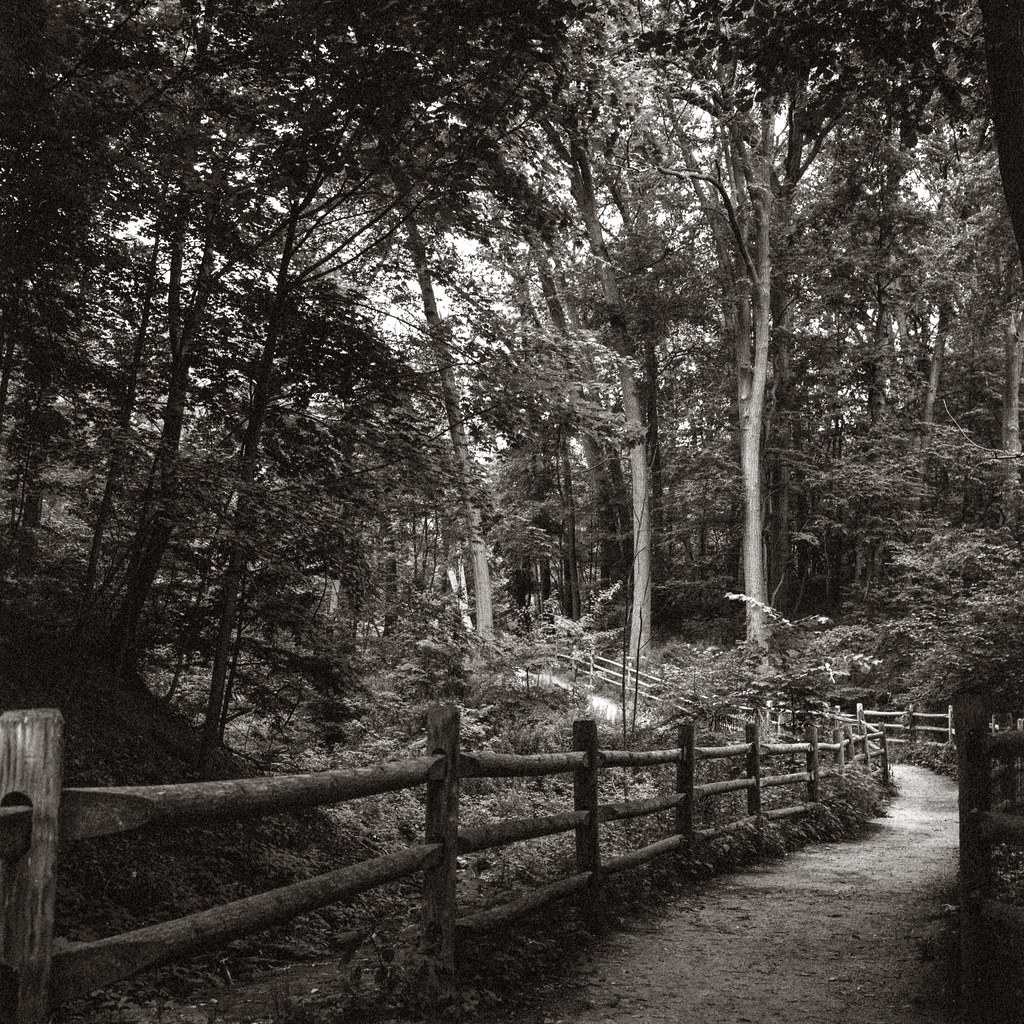
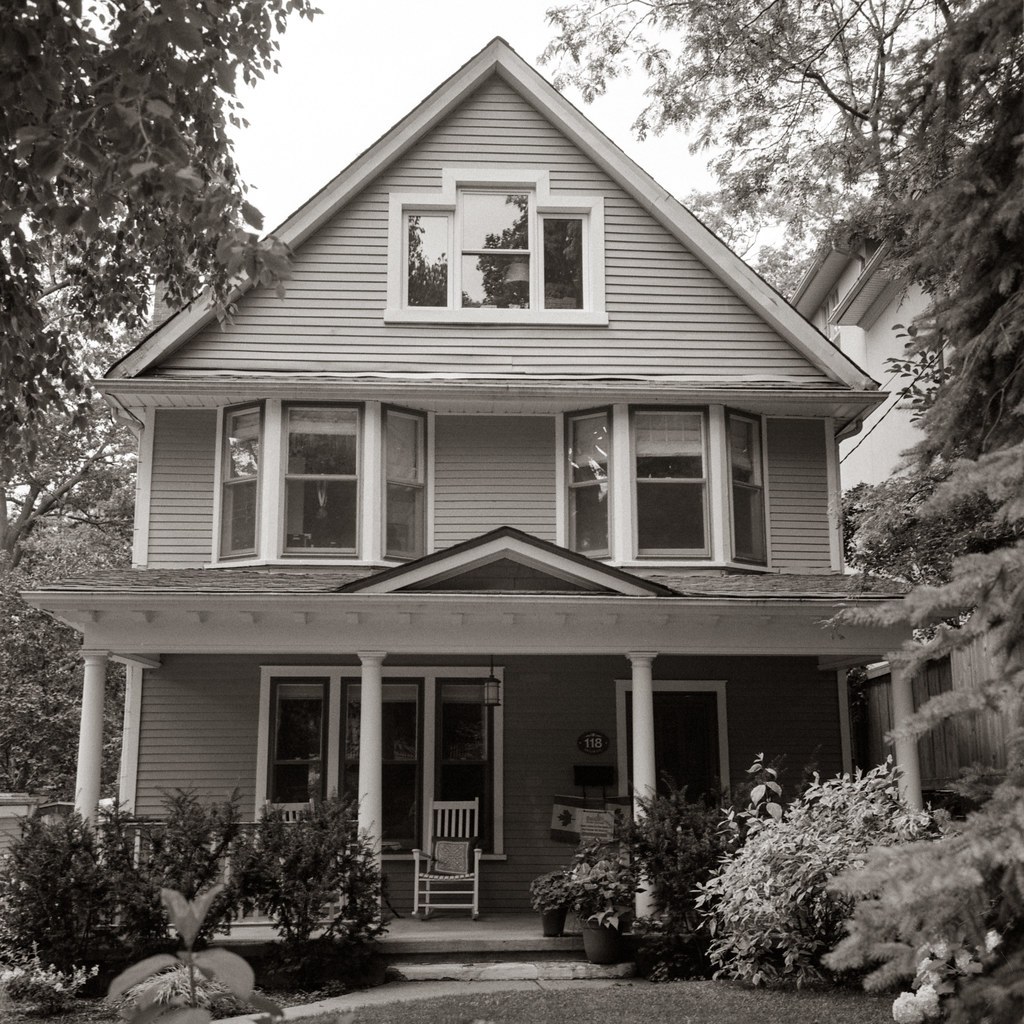

Ilford Delta 400
Alex never liked Delta 400, he railed against it in one of our previous episodes, but now his mind has been changed. Like TMax 400, Delta 400 is one of those new “Delta” or “T-Grained” films that produce a very clean sharp look that is fairly modern. Sharp and Fine-Grained in the same package. But it’s all about finding the right way to develop it to make it feel right to you, the photographer.
Type: Panchromatic B&W
Film Base: Acetate
Film Speed: ASA-400, Latitude: 100-3200
Formats Available: 35mm, 120, Sheets

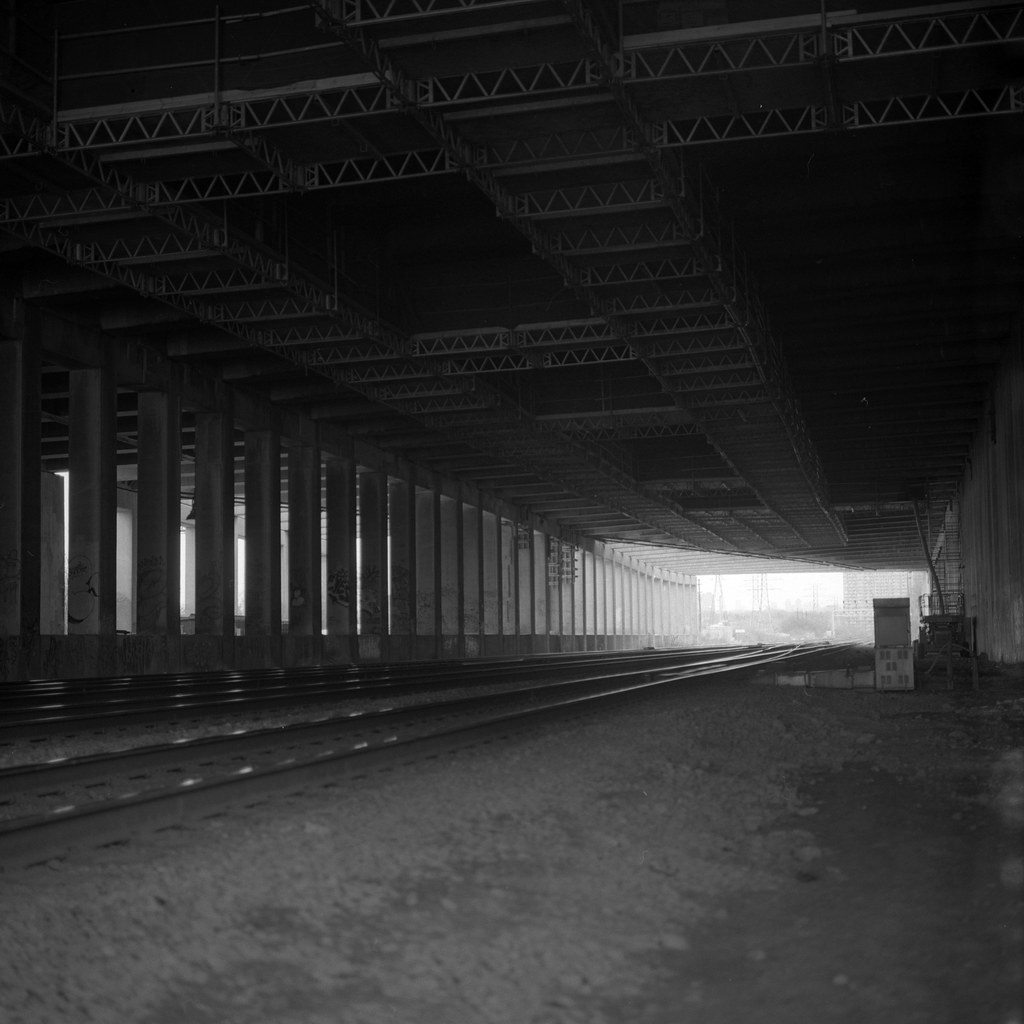
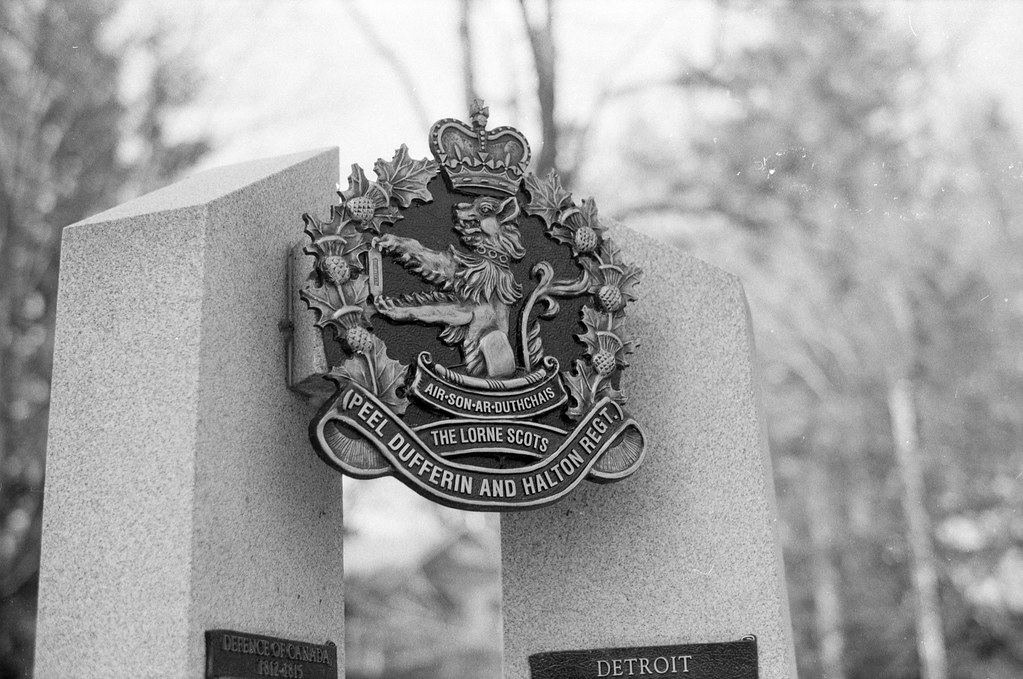

Kodak Tmax P3200
The return of an icon, back when Kodak began to rumble about bringing back Ektachrome they quickly realised they weren’t going to meet their target, bringing a film back from the dead, a colour slide film for that matter is a difficult path to walk. But what about another one? So they restarted production of TMax P3200, ideally an ASA-1600 film, but you can push and pull to your heart’s delight, just make sure to use a compensating developer.
Type: Panchromatic B&W
Film Base: Acetate
Film Speed: ASA-3200, Latitude:
Formats Available: 35mm

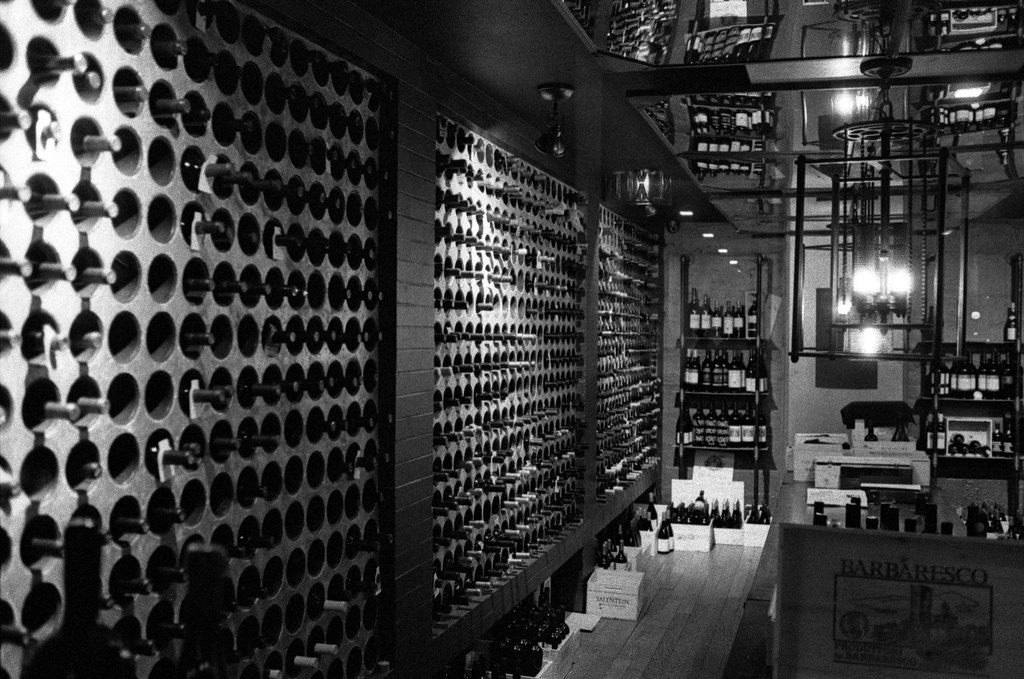

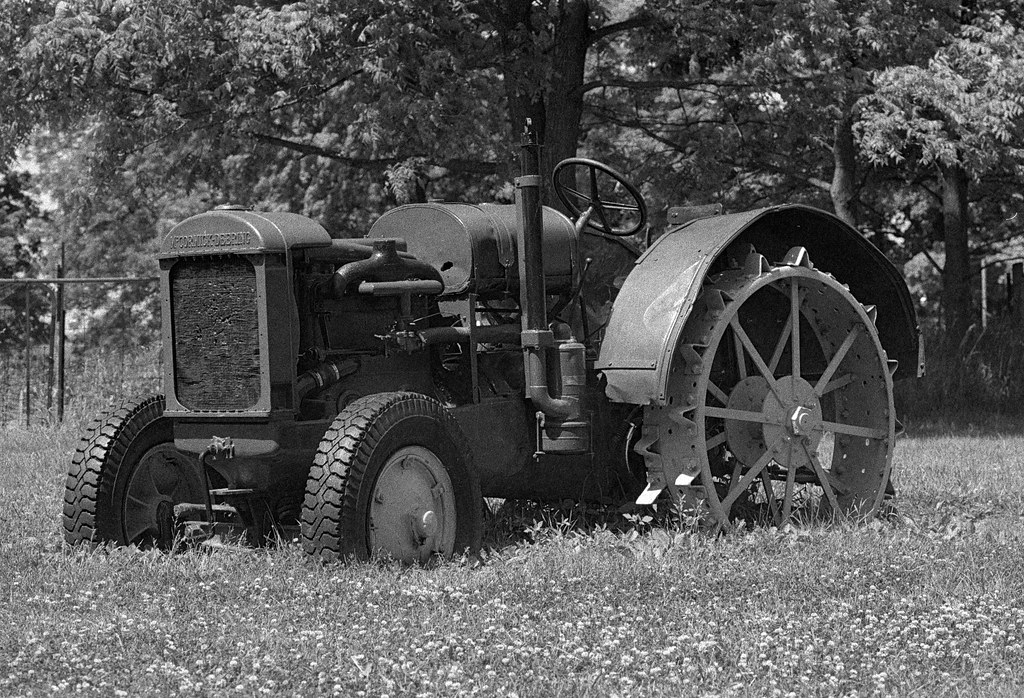
Ilford Delta 3200
The fast film that never left and is available in medium format, Ilford’s Delta 3200, like P3200, is ideally an ASA-1600 film (ASA-1000 according to the box) but has enough forgiveness to be pushed and pulled. While designed for DD-X, we’ve found that it works best in Microphen.
Type: Panchromatic B&W
Film Base: Acetate
Film Speed: ASA-3200, Latitude: 400-25000
Formats Available: 35mm, 120
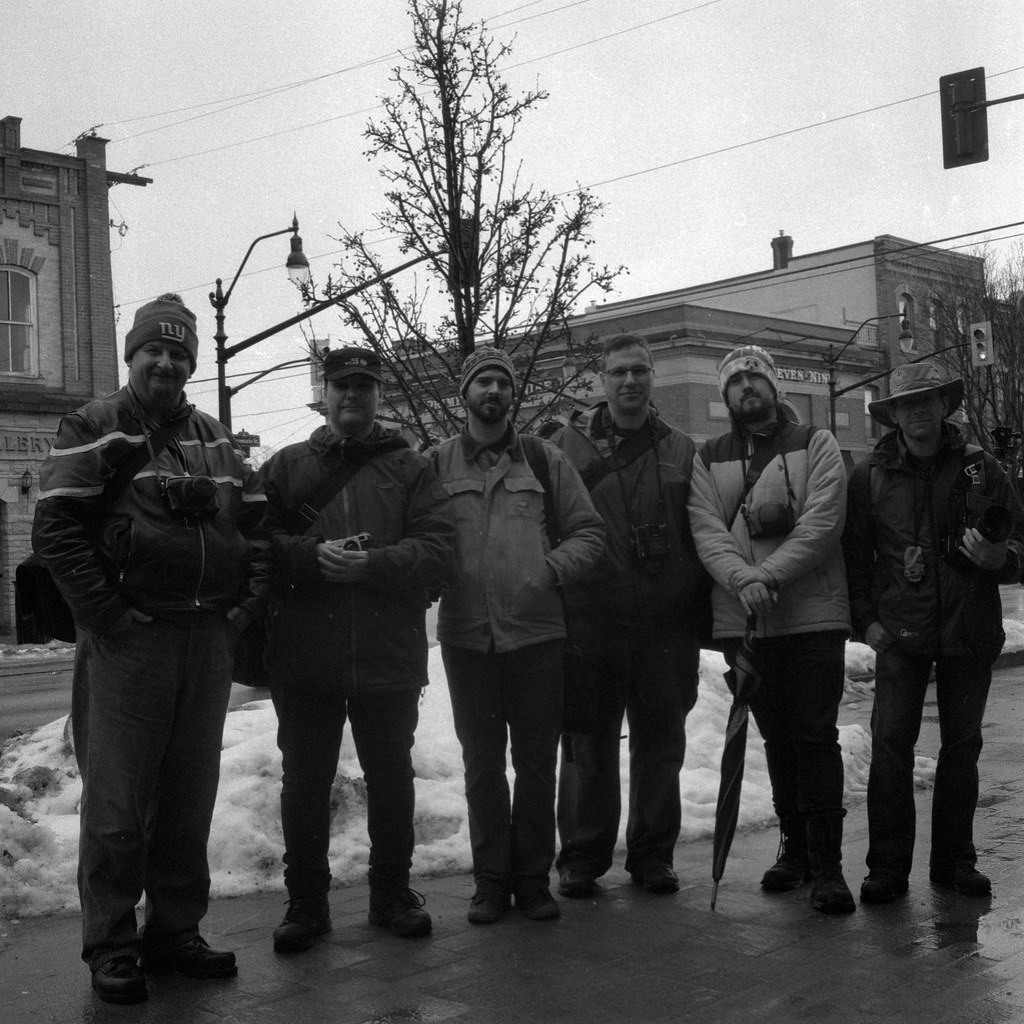



Kodak Portra 400
While many still mourn the end of the old school Portra 400 NC and VC streams, the new Portra 400 is what started Kodak’s film resurgence, and honestly, it is one of the best colour films everyone around the table uses. Not to mention it has enough forgiveness that you can push and pull at least 2 stops and get great results even without adjusting your developing times.
Type: Colour Negative, C-41 Process
Film Base: Acetate
Film Speed: ASA-400, Latitude +/- 2-Stops before adjusting development
Formats Available: 35mm, 120, Sheets

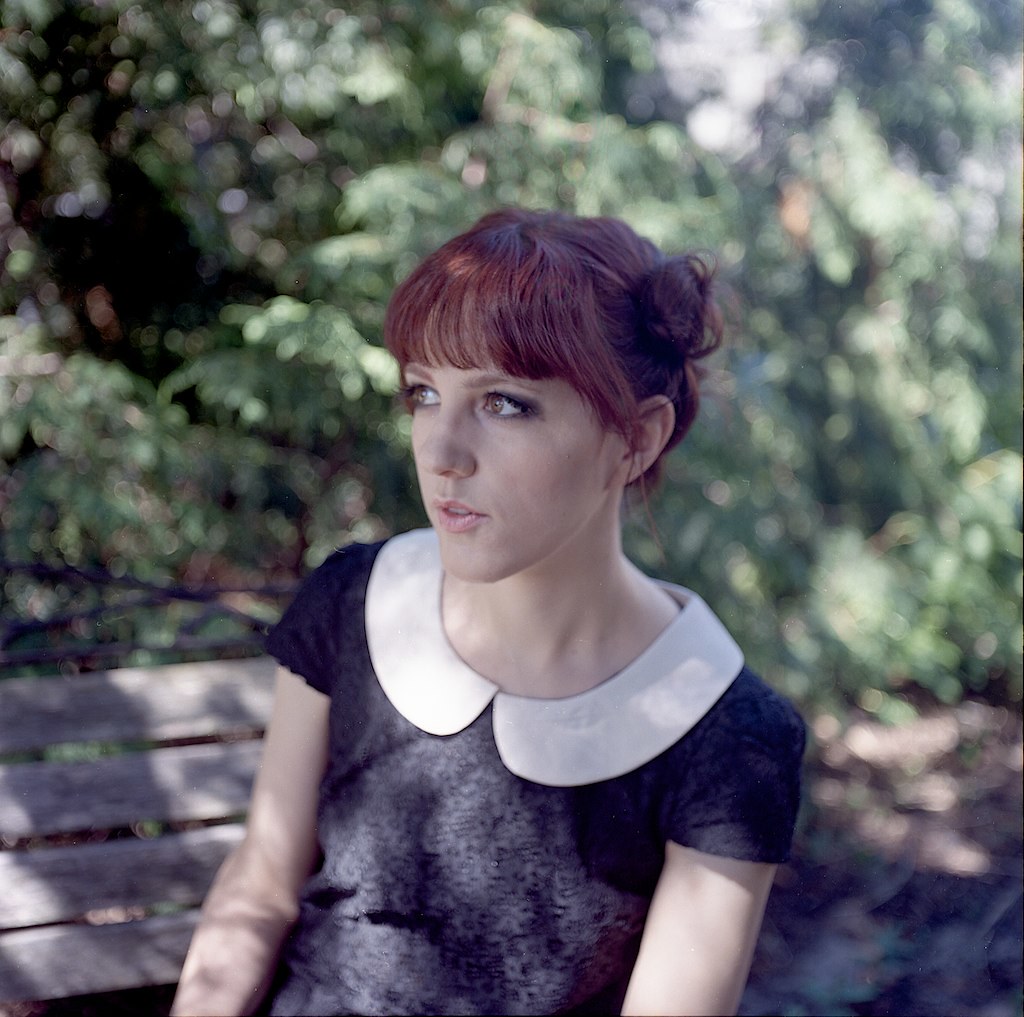

Cinestill 800T
Based on Kodak Vision3 800T, the gang at Cinestill found a way to remove the Remjet layer to allow you to process it at home using C-41 chemistry but did you know that you’re cross-processing, natively Cinestill 500T should be processed in ECN-2 chemistry. It is also a Tungsten balanced film so it’s great to long exposure at night and indoor. You can shoot it in daylight but there are some that say you need a colour filter to account for the daylight, others say just go for it.
Type: Colour Negative, ECN-2 Process
Film Base: Acetate
Film Speed: ASA-500, Latitude +/- 2-Stops before adjusting development
Formats Available: 35mm, 120

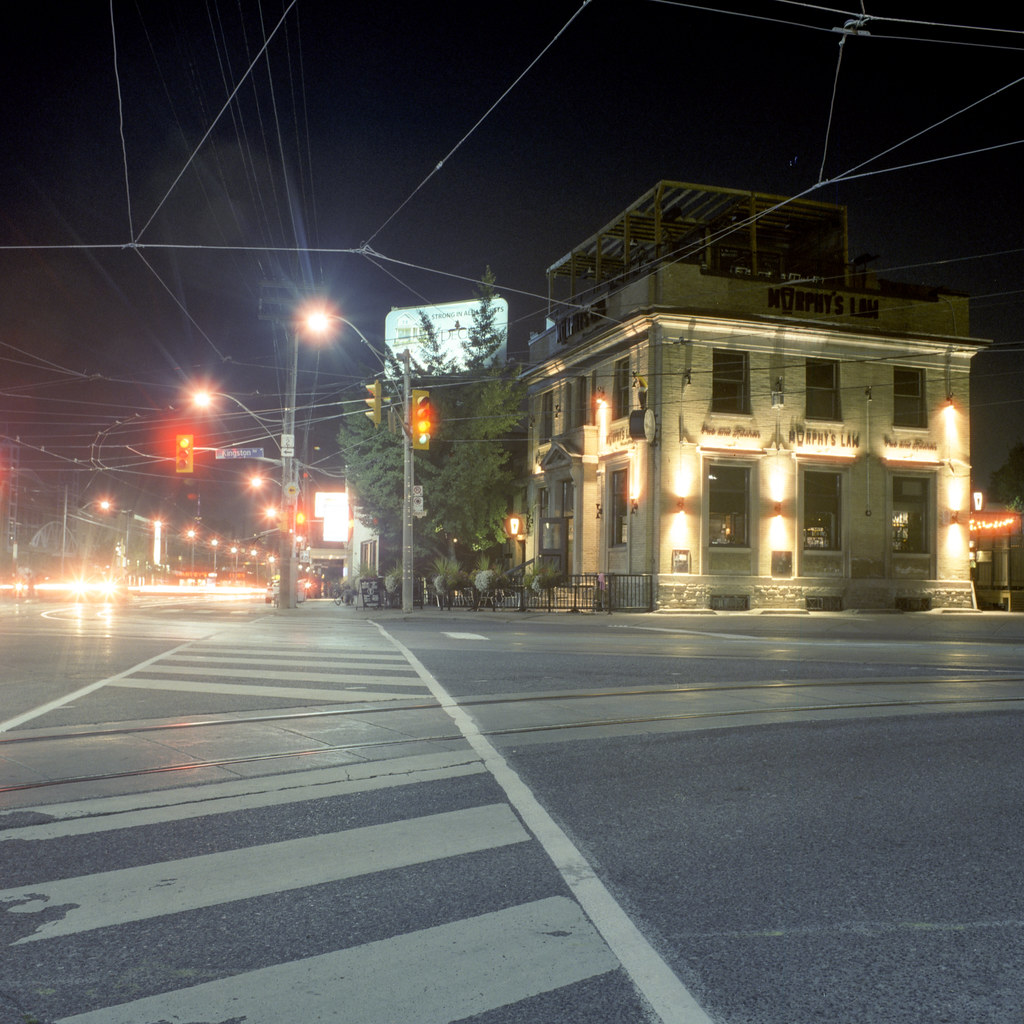


Pushing Film
Sometimes you just need a little more speed out of your film, you get somewhere and there’s not enough light, or you just feel a film works better with a little extra boost from box speed. It all starts by under-exposing your film, so if you take your ASA-100 film and expose it at ASA-400, you’re under-exposing by two-stops (1-stop = ASA-200, 2-Stops = ASA-400, doubling each time). Now there’s nothing stopping you from developing normally, and in many cases, with black & white films you’ll still get decent results, or in the case of Portra 400, you will for sure. But often you’ll want to compensate with your developing. Now in many cases, you can find times both in the film’s data sheet and also in the Massive Development Chart. But you can always calculate it out by multiply the time by either 1.5 or 1.25. But you’ll also want to choose your developer carefully, you want something that is compensating in some way. For example, Diafine is a good choice for push processing as is Kodak TMax Developer or Ilford Microphen. Some will push with HC-110 with amazing results. Either way, the best thing to do is practice, try and when you get something you like, stick to it!



Looking for a good spot to get your gear and material fix check out Burlington Camera (Burlington, ON), Downtown Camera (Toronto, ON), Film Plus (Toronto, ON), Belle Arte Camera (Hamilton, ON), Pond’s FotoSource (Guleph, ON), Foto Art Camera (Owen Sound, ON). Out West there’s The Camera Store (Calgary, AB) and Beau Photo Supply (Vancouver, BC). Additionally you can order online at Argentix (Quebec), buyfilm.ca (Ontario), the Film Photography Project or Freestyle Photographic. Looking for development options, check out these labs that have our support, Boréalis Photo Lab, Old School Photo Lab, The Darkroom, and Film Rescue International.
Also you can connect with us through email: classiccamerarevivial[at]gmail[dot]com or by Facebook, we’re at Classic Camera Revival, Twitter @ccamerarevival, and Instagram (@classiccamerarevival)!
